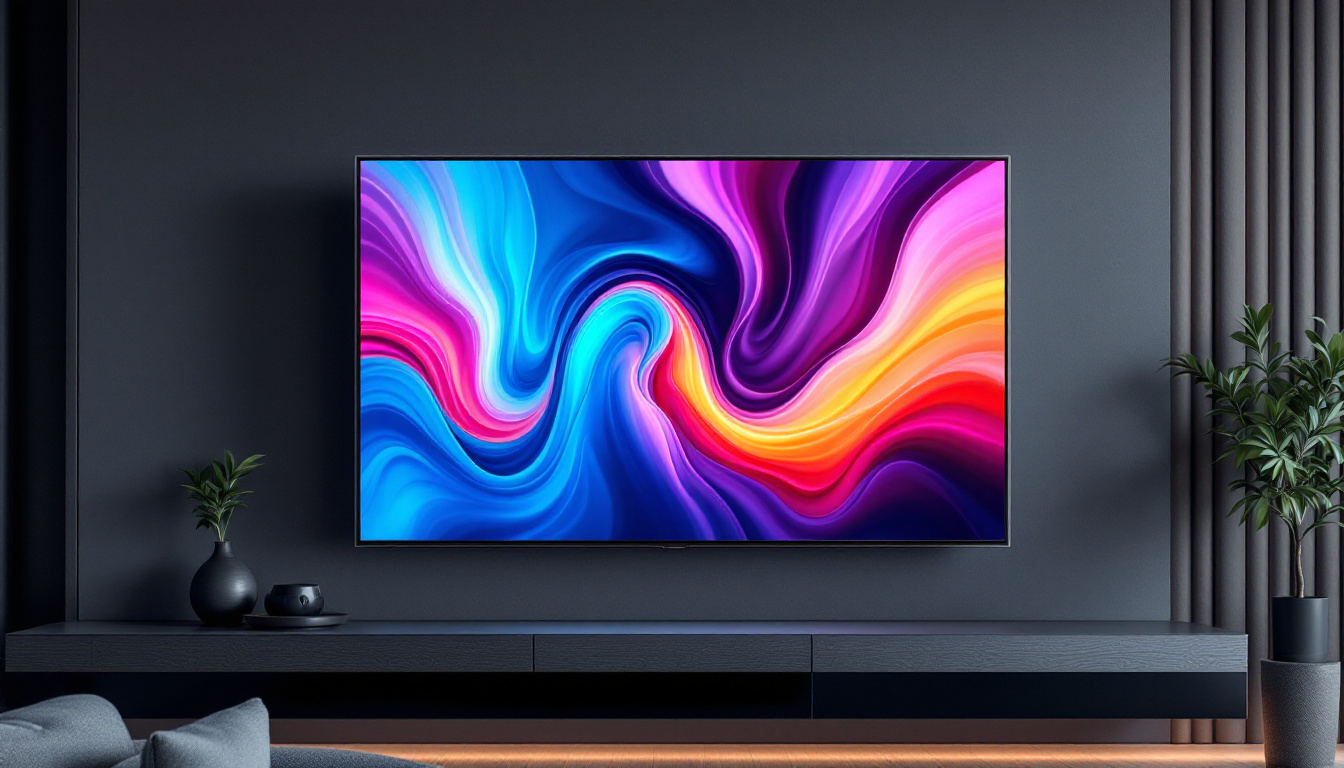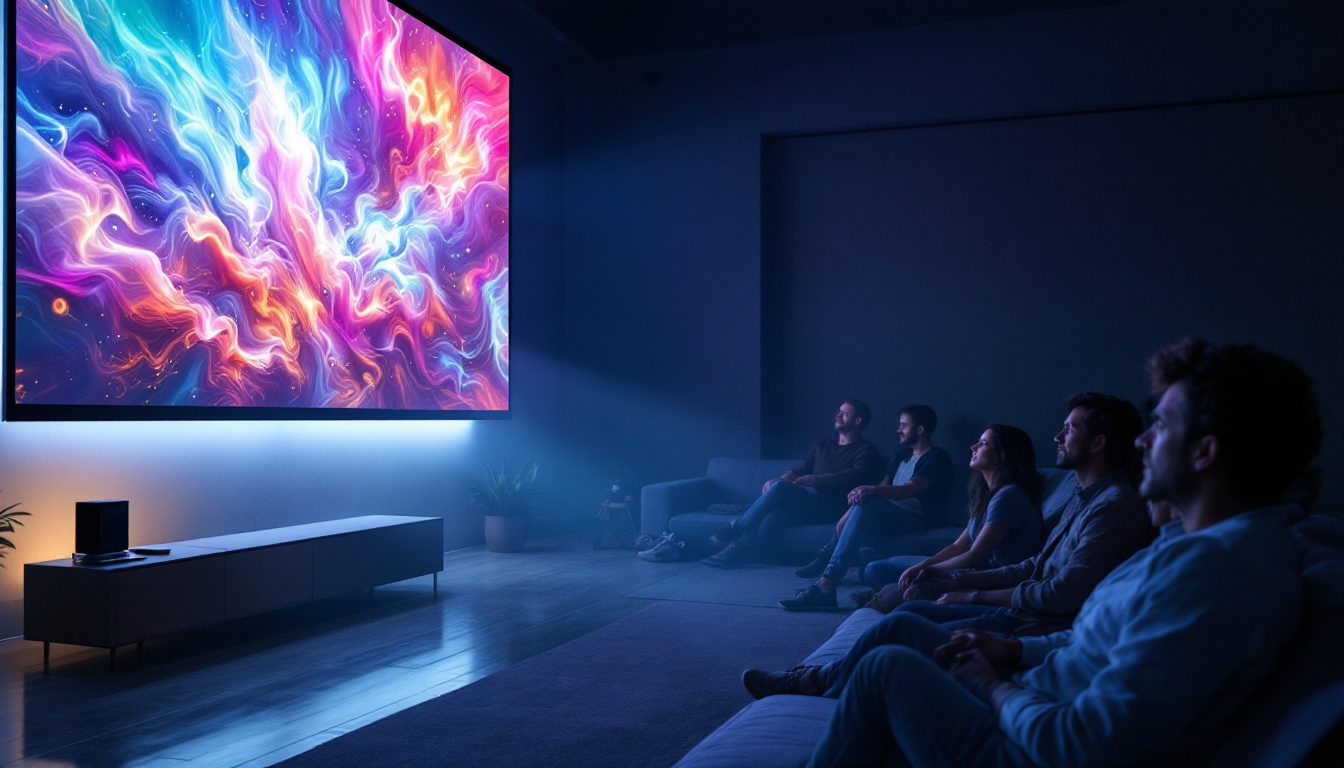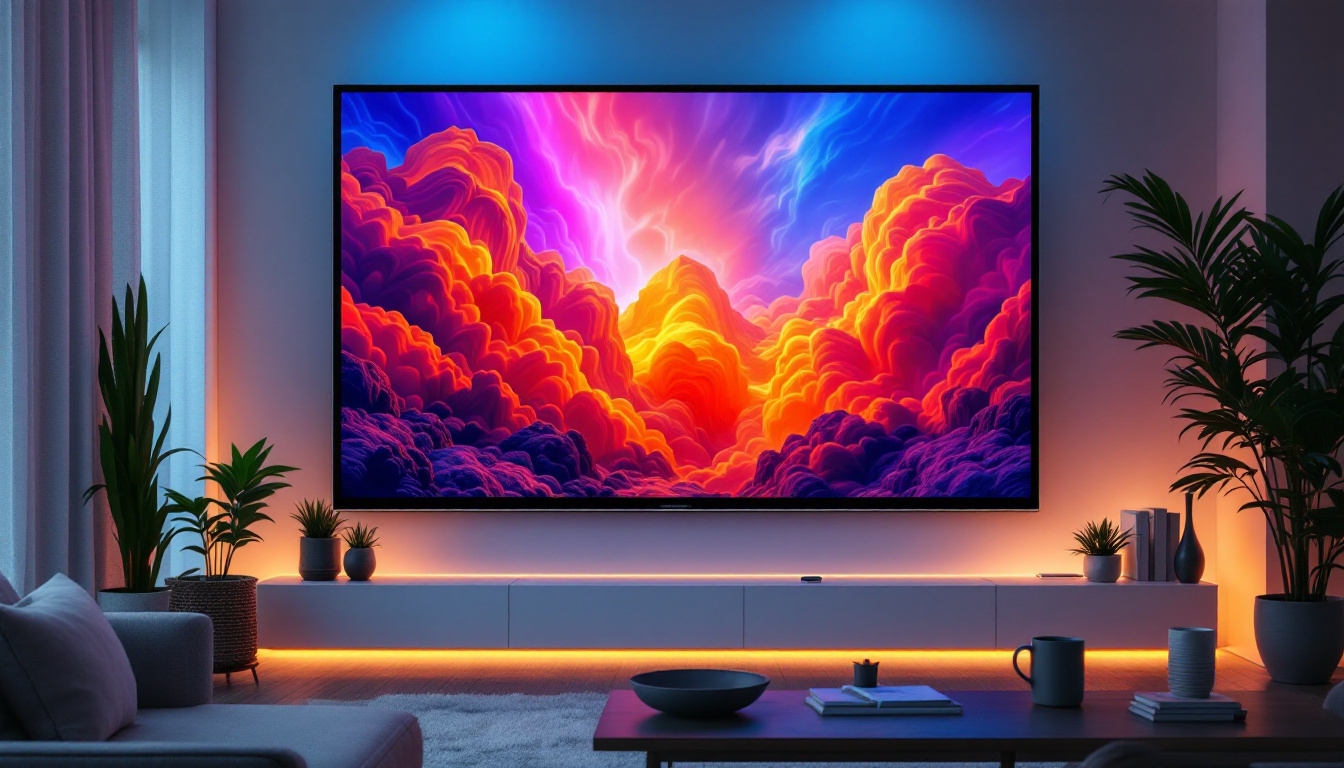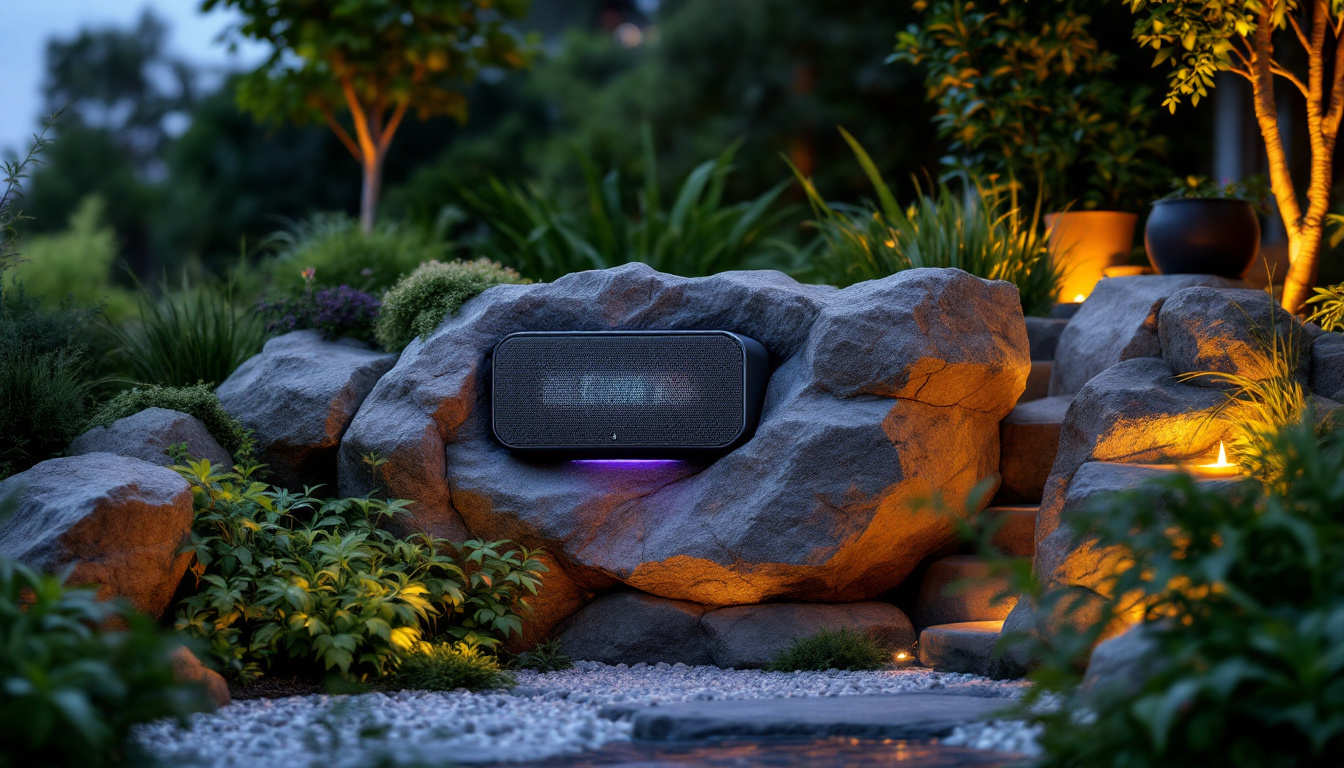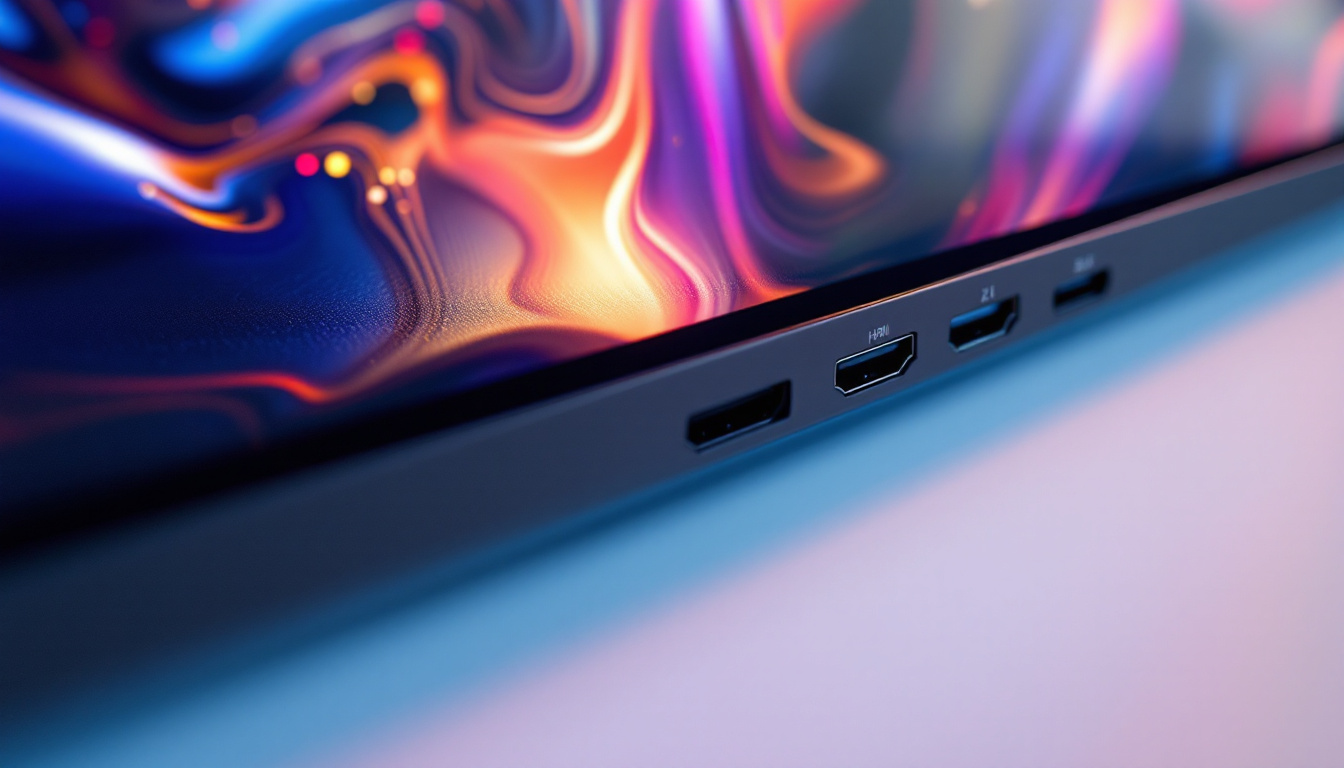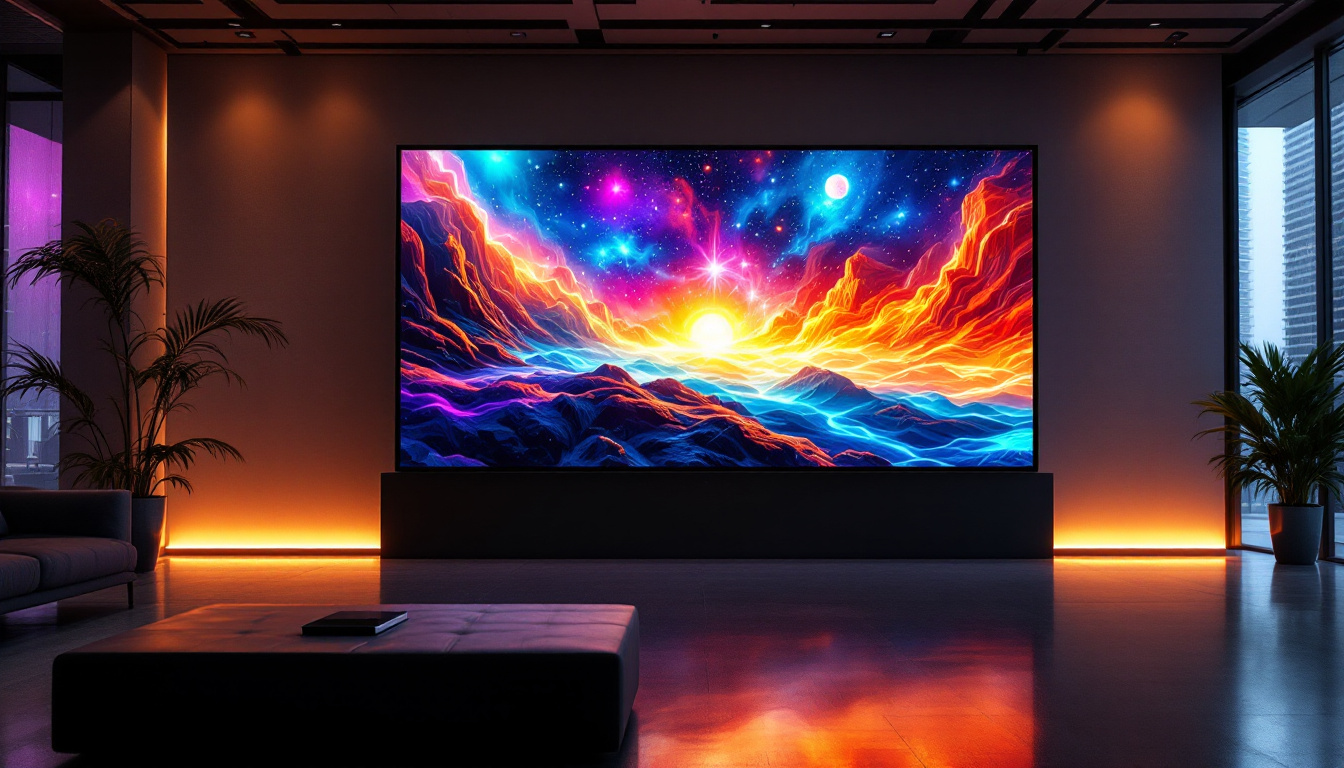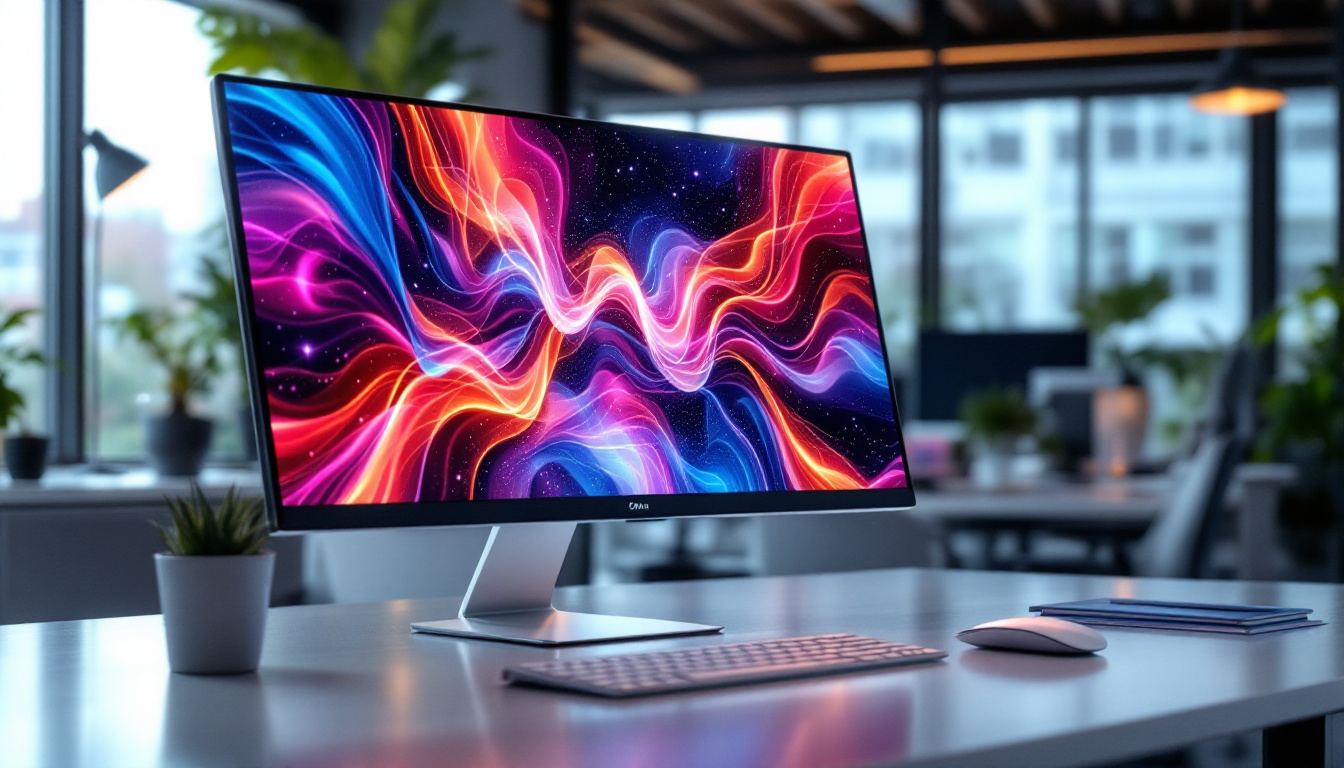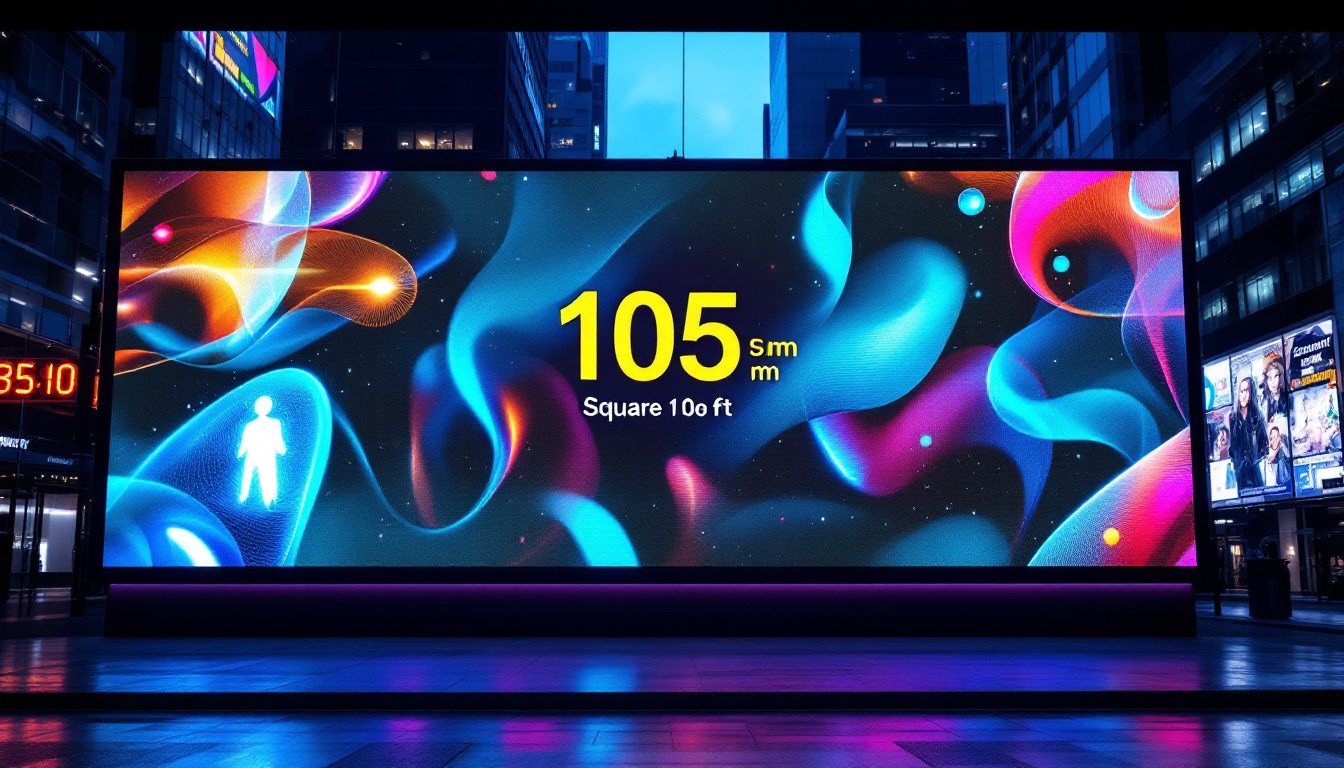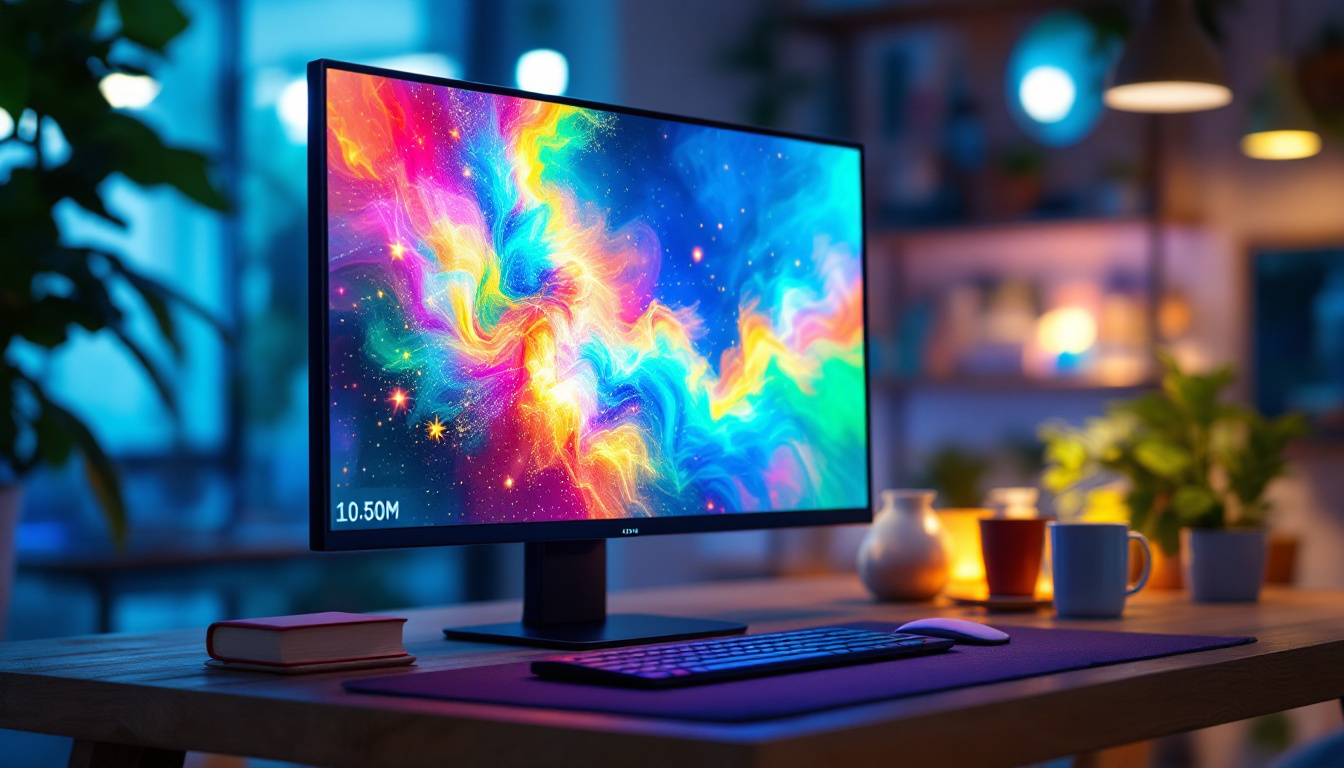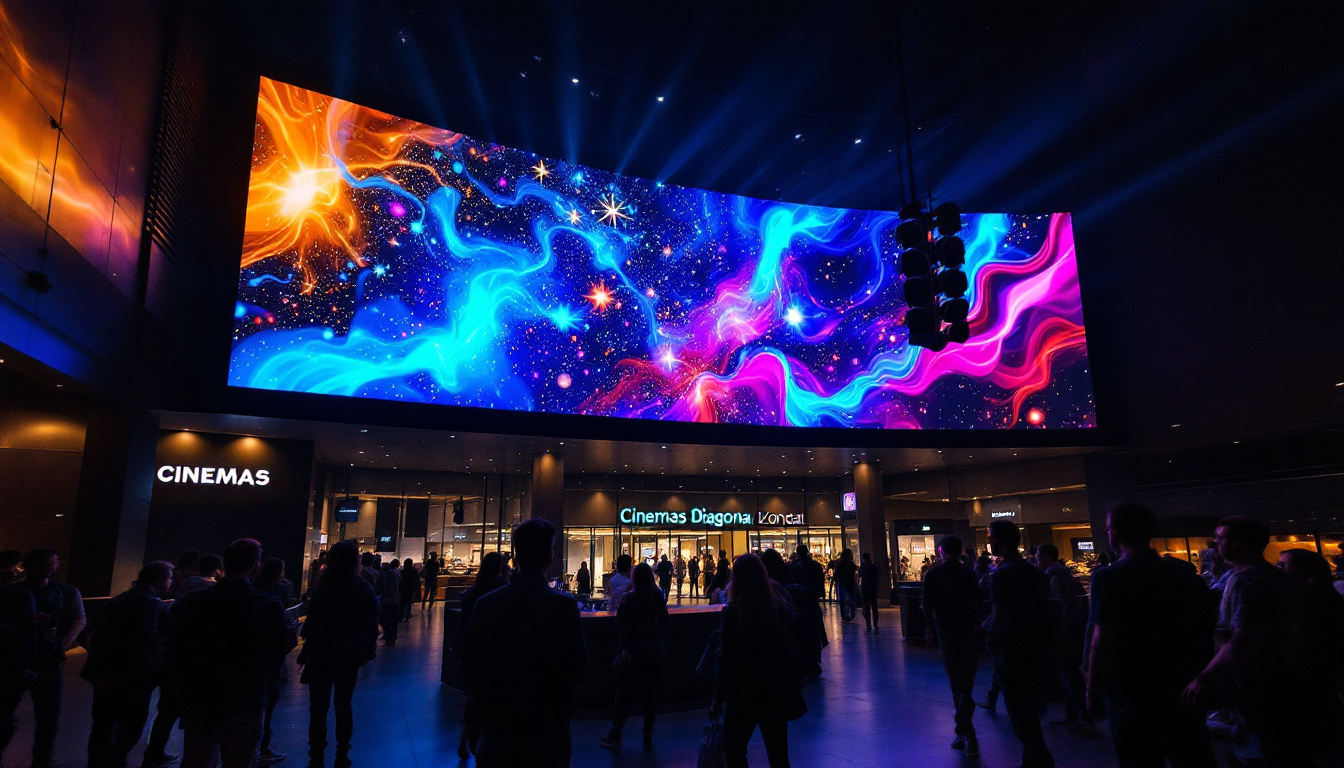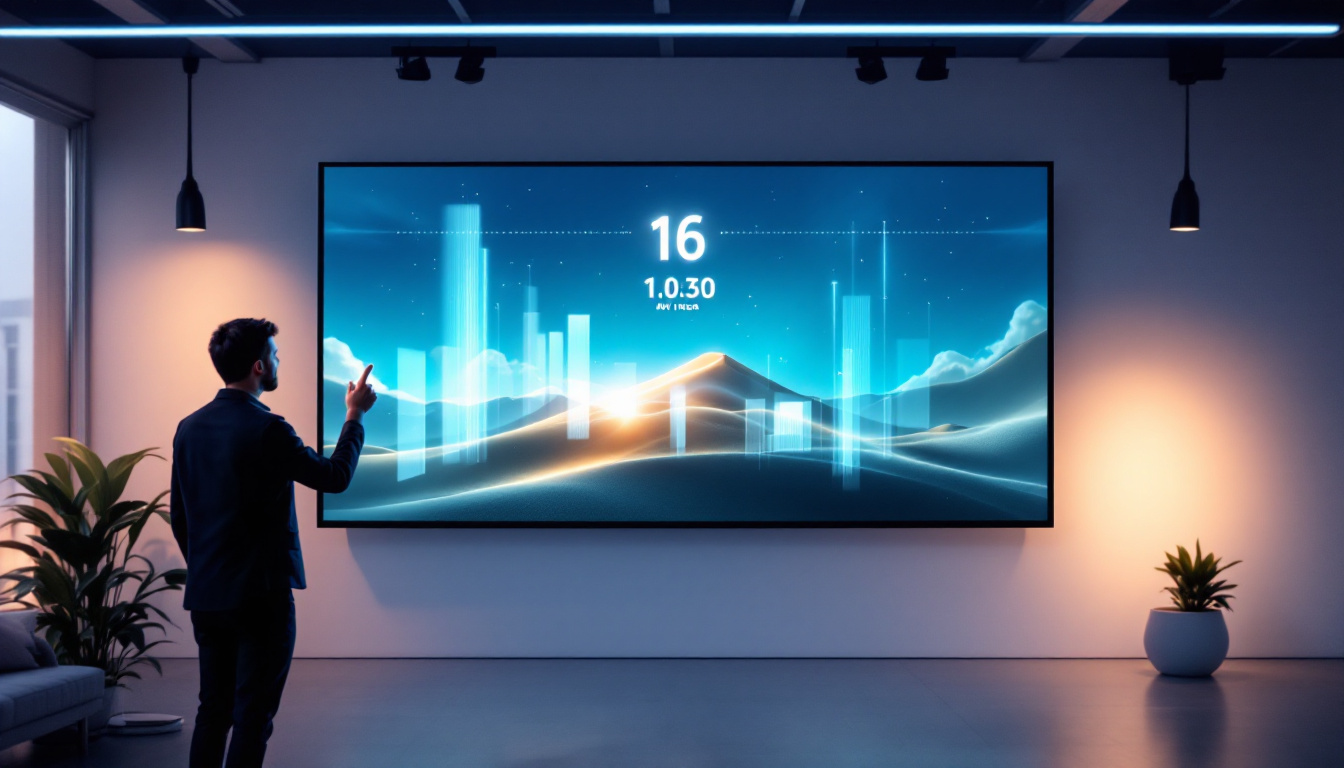Ultra Thin Flat Panel TV: LED Display Explained
In the ever-evolving world of home entertainment, the ultra-thin flat panel TV has emerged as a game-changer. With advancements in technology, particularly in LED display systems, these televisions have become not only a centerpiece in modern living rooms but also a testament to the innovation in display technology. This article delves into the intricacies of LED displays, their advantages, and the factors to consider when purchasing an ultra-thin flat panel TV.
Understanding LED Technology
Light Emitting Diode (LED) technology has revolutionized the way images are displayed on screens. Unlike traditional cathode ray tube (CRT) televisions, LED TVs utilize a series of tiny diodes to produce light, resulting in brighter images and more vibrant colors. This section will explore how LED technology works and its impact on viewing experience.
How LED Displays Work
LED displays function by using a backlight composed of numerous LEDs that illuminate the screen. The screen itself is typically made of liquid crystal display (LCD) technology, which modulates the light to create images. This combination allows for thinner screens and improved energy efficiency. The backlight can be either edge-lit, where LEDs are placed along the edges of the screen, or full-array, where LEDs are distributed across the entire back of the screen, providing more uniform lighting.
In addition to standard LED technology, there are variations such as OLED (Organic LED) and QLED (Quantum Dot LED). OLED screens use organic compounds that emit light when electricity is applied, allowing for deeper blacks and better contrast. QLED, on the other hand, employs quantum dots to enhance color and brightness, further pushing the boundaries of display technology. These advancements not only improve the aesthetic quality of images but also cater to the needs of various viewing environments, from home theaters to outdoor settings.
Advantages of LED Displays
One of the most significant advantages of LED displays is their energy efficiency. Compared to traditional displays, LED TVs consume less power, making them an eco-friendly choice. Additionally, they offer superior brightness and color accuracy, which enhances the overall viewing experience. This is particularly beneficial in well-lit rooms where traditional displays may struggle to maintain image quality. The ability to produce high dynamic range (HDR) content further elevates the viewing experience, allowing for more detail in both the brightest and darkest parts of an image.
Another notable benefit is the longevity of LED displays. With a lifespan of over 50,000 hours, these televisions can provide years of entertainment without the need for replacement. Furthermore, their slim design allows for versatile placement options, making them ideal for modern interiors where space is often at a premium. The lightweight nature of LED screens also facilitates easy wall mounting, giving homeowners the flexibility to create a sleek and contemporary look in their living spaces. As technology continues to evolve, we can expect even more innovations in LED displays, such as improved refresh rates for smoother motion during fast-paced scenes, making them a popular choice for gamers and movie enthusiasts alike.
Choosing the Right Ultra Thin Flat Panel TV
When considering the purchase of an ultra-thin flat panel TV, several factors come into play. Understanding these elements can help consumers make informed decisions that best suit their needs and preferences.
Screen Size and Resolution
Screen size is one of the first considerations when selecting a new TV. The ideal size depends on the room’s dimensions and the viewing distance. A general rule of thumb is that the viewing distance should be approximately 1.5 to 2.5 times the diagonal size of the screen. For instance, a 55-inch TV is best viewed from a distance of about 6.5 to 11.5 feet.
Resolution is another crucial factor. Modern TVs typically come in various resolutions, including Full HD (1080p), 4K Ultra HD (2160p), and even 8K. Higher resolutions provide more detail and clarity, especially on larger screens. For those who enjoy streaming high-definition content or gaming, opting for a 4K or 8K display can significantly enhance the experience. Additionally, many manufacturers now incorporate advanced technologies like HDR (High Dynamic Range), which improves contrast and color accuracy, bringing images to life with stunning realism.
Smart Features and Connectivity
In today’s digital age, smart features have become a standard in many ultra-thin flat panel TVs. These features allow users to access streaming services, browse the internet, and connect with smart home devices. When choosing a TV, it’s essential to consider the operating system and the availability of apps that cater to personal preferences. Popular platforms like Android TV, Roku, and Tizen offer user-friendly interfaces and a wide range of applications, making it easier to find and enjoy content.
Connectivity options are also vital. Look for TVs that offer multiple HDMI ports, USB inputs, and wireless connectivity options such as Wi-Fi and Bluetooth. This ensures compatibility with various devices, including gaming consoles, sound systems, and streaming devices, enhancing the overall functionality of the television. Furthermore, some models come equipped with features like eARC (Enhanced Audio Return Channel), which simplifies audio connections and improves sound quality when paired with compatible soundbars or home theater systems. With the right connectivity, users can create a seamless entertainment experience that meets all their viewing needs.
Installation and Setup
Once the right ultra-thin flat panel TV has been selected, the installation and setup process is the next step. Proper installation not only ensures optimal performance but also enhances the aesthetic appeal of the room.
Wall Mounting vs. Stand Installation
Deciding whether to wall mount the TV or use a stand can significantly impact the room’s layout. Wall mounting provides a sleek and modern look, freeing up floor space and allowing for better viewing angles. However, it requires careful planning, including the selection of the right mount and ensuring that the wall can support the TV’s weight.
On the other hand, using a stand can be a more straightforward solution, especially for those who may want to relocate the TV in the future. Many stands come with additional storage for media devices, which can help keep the entertainment area organized.
Calibrating the Display
After installation, calibrating the display settings is essential for achieving the best picture quality. Most TVs come with preset modes, such as “Movie” or “Sports,” but adjusting settings like brightness, contrast, and color temperature can tailor the viewing experience to individual preferences.
For those who are less tech-savvy, many TVs offer automatic calibration features that can optimize the display based on the room’s lighting conditions. This ensures that the TV delivers the best possible performance without requiring extensive technical knowledge.
Maintenance and Care
To prolong the lifespan and maintain the performance of an ultra-thin flat panel TV, regular maintenance is necessary. This section outlines some essential care tips to keep the display in optimal condition.
Cleaning the Screen
Cleaning the screen is a crucial aspect of maintenance. Dust and fingerprints can accumulate over time, affecting picture quality. It is recommended to use a microfiber cloth dampened with water or a specialized screen cleaner. Avoid using paper towels or abrasive materials, as they can scratch the screen.
Additionally, it’s essential to turn off the TV before cleaning to prevent any potential damage. Regular cleaning not only enhances the viewing experience but also helps in maintaining the integrity of the display.
Software Updates
Keeping the TV’s software up to date is vital for optimal performance. Manufacturers often release updates that improve functionality, fix bugs, and enhance security. Most smart TVs have an automatic update feature, but it’s good practice to check for updates periodically to ensure access to the latest features and improvements.
Future of Ultra Thin Flat Panel TVs
The future of ultra-thin flat panel TVs is promising, with ongoing advancements in technology paving the way for even more innovative features. As consumer demands evolve, manufacturers are continually exploring new ways to enhance the viewing experience.
Emerging Technologies
One of the most exciting developments in display technology is the rise of MicroLED. This technology offers the benefits of OLED, such as deep blacks and vibrant colors, while eliminating issues like burn-in. MicroLED displays are modular, meaning they can be customized to fit various sizes and shapes, providing unparalleled flexibility in design.
Moreover, advancements in AI-driven features are transforming how users interact with their TVs. Voice control, personalized content recommendations, and smart home integration are becoming standard, making the viewing experience more intuitive and user-friendly.
Environmental Considerations
As sustainability becomes a priority for consumers, manufacturers are focusing on creating environmentally friendly products. This includes using recyclable materials in production and improving energy efficiency. The future of ultra-thin flat panel TVs will likely see a greater emphasis on eco-friendly practices, ensuring that technological advancements do not come at the expense of the environment.
Conclusion
Ultra-thin flat panel TVs with LED displays have transformed the landscape of home entertainment. Their sleek design, combined with advanced technology, offers an unparalleled viewing experience. By understanding the intricacies of LED technology, considering essential features, and maintaining the TV properly, consumers can enjoy their investment for years to come.
As technology continues to evolve, the future of ultra-thin flat panel TVs looks bright, promising even more innovations that will enhance the way we consume media. Whether for binge-watching favorite shows, gaming, or enjoying movie nights, these televisions are set to remain a staple in modern homes.
Discover the Future of Visual Experience with LumenMatrix
Ready to elevate your home entertainment with the latest in LED display technology? Look no further than LumenMatrix, a pioneer in creating immersive visual experiences. From the comfort of your living room to the excitement of outdoor events, LumenMatrix offers a diverse range of LED display solutions, including Indoor and Outdoor LED Wall Displays, Vehicle LED Displays, and more. Embrace the future of television with our innovative LED displays that promise to bring your content to life. Check out LumenMatrix LED Display Solutions today and transform the way you watch, play, and engage.

